Making House Music Seagrape Studios, Chicago 1983-1994
© Mike Konopka 2017
House Construction At The First Seagrape
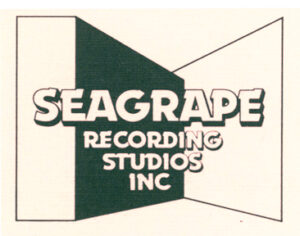
In its heyday, Chicago house dance music featured raw grooves locked at a steady tempo of 120 beats per minute. It had dance floors, record buyers, and radio outlets worldwide thumping to its clarion call. I know, because I was there making the music. And, I can point to two people in my audio past that unknowingly tilted my audio engineering skills toward the new musical direction that resulted in Chicago’s house music scene. Those two people were David Bell and Harvey Mandel.

Working in 1982 at the first storefront Seagrape Studios at 3519 W. Montrose on Chicago’s north side, my old partner Tom Haban and I had just installed an early Neotek Series I mixing console. We paired it to a punchy MCI two-inch sixteen track multitrack recorder.
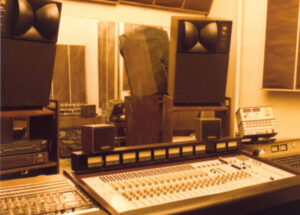
David Bell was one of our first Seagrape clients. He was a long time record collector buddy, and also the tour manager for my 70’s band Pentwater. But by 1983, David was managing a performance artist named Duane Cerny, aka Danny Alias. Danny couldn’t really sing, so his recordings were either vocorder-based, or featured poetic chanting over a basic four-on-the- floor beat. As heard on his 1984 12” Persona record release “Civil Defense.”
Even though the “Civil Defense” 12-inch was marketed as a dance record, the rhythm track was actually just Wilderness Road’s Tom Haban on his Slingerland drum kit. And, myself plunking away on a Fender P-Bass as well.
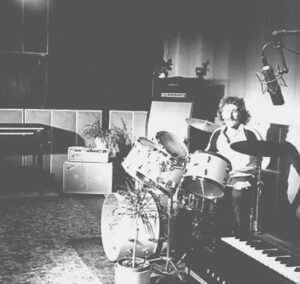
Later, at David’s direction, Pentwater’s Tom Orsi added the Prophet 5 synth lines, sirens, and efx as overdubs. I layered the violin overdub on the last verse too. And at a tempo marking of 133 bpm (beats per minute) it’s surely no house record. That song wasn’t even cut to a drum box or click track.
Making House Music Seagrape Studios, Chicago 1983-1994
Seagrape Meets Frankie Knuckles
But through his connections in Chicago’s gay community, David Bell brought Warehouse Club’s Frankie Knuckles in to check out Seagrape at the record release party held for Danny. Frankie didn’t work on “Civil Defense.” But we soon became friends with him and we worked together on many projects in those early house music days. Knuckles was a fearless tape editor and the founder of the 120 bpm based house music that was featured at his club, The Warehouse. His sound, and those late night “House” parties were opening ears all over town. David Bell later signed early house artist Jamie Principle to his Persona label and released the club hit “Your Love.” After leaving the record business and becoming an AIDS activist, David passed away in 1989.
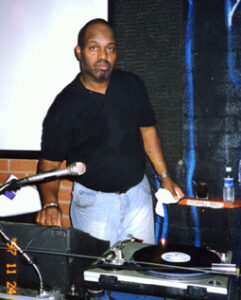
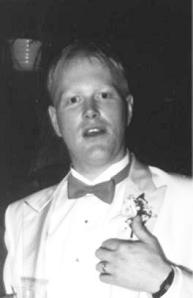
Audio Engineer Mike Konopka House Music Credits & Discography
Getting Blade-Wise
The other music guy who was unknowingly a catalyst for my extensive work in House music was blues/jazz guitarist Harvey Mandel. Harvey, who played Woodstock with Canned Heat, and later with the Rolling Stones, wasn’t a House music artist. But with the then current popularity of Michael Jackson’s Thriller, Harvey worked up two songs at Seagrape that basically had the same Linndrum programming by Jim Hines as “Billie Jean” and “Beat It.”
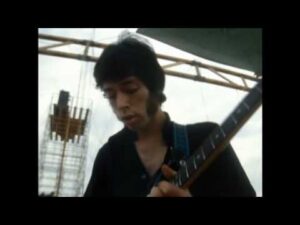
Slated for release on Nuance Records, Harvey’s label honcho, Gus Redmond, brought in Tom Tom Washington (fresh off his No Jacket Required work for Phil Collins), along with The Hot Mix 5’s Mickey Mixin’ Oliver to sweeten the tracks. Mickey was in on the early days of “hot mixing” on Chicago’s WBMX dance station. Hot mixing disco wasn’t yet House music at that point.
Mickey and I hit it off right away. I was a pretty decent tape editor by that time, but Mickey showed me a few key editing tricks to help me improve my razor blade skills. He was quick with the turntables and quick with the blade.
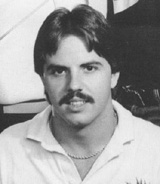
For showing me some new tape editing techniques, I later repaid him big-time at the second Seagrape Studios.
But at this first Seagrape, we also met and worked with Brett Wilcots, who went on to form the classic House music imprint Gherkin Records, And also expert tape editor Erasmo Rivera.
These two were record pool guys and knew all the DJs around town. Soon after, however, the first Seagrape was forced to close due to broken water pipes in the upstairs rental units. The landlord went into receivership during the harsh winter of 1985. Yet Brett, Erasmo and I continued to make Salsoul Orchestra remix edits in my 3rd floor Rogers Park apartment as a stopgap.
Making House Music Seagrape Studios, Chicago 1983-1994
A New Grape In Town
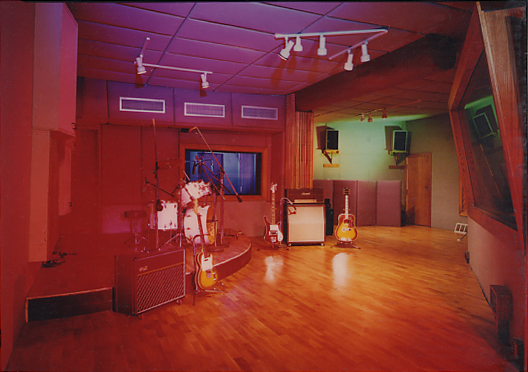
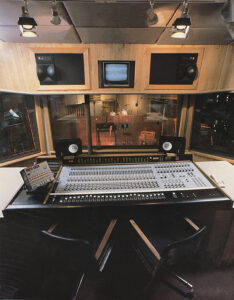
While our House clients clamored for studio time, we rushed to construct the big, beautiful new Seagrape at 5740 N. Western Avenue. It was just across from Rosehill Cemetery on the city’s far north side. Ron “Big Daddy Sun” Cannon was construction chief. Erasmo also helped us along with several metal and rockabilly bands that were willing to trade construction work for future studio time. This new studio sported a much larger Neotek Series II console, a brand new MCI 24 track machine, and an Otari two track in it’s large multi-windowed control room.
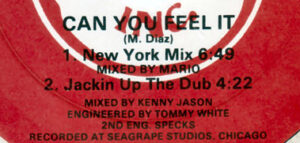
By the summer of 1985, we were back up and running. Tom Haban adopted the house nickname “Tommy White.” He would also credit his grey horse, named Specks, as assistant engineer on his future House label credits.
House Booms
Many more House music clients flooded into the new studio. Along with Frankie Knuckles was The Hot Mix 5’s Mickey “Mixin” Oliver, Ralphi “The Raz” Rosario, Mario Diaz, Kenny “Jammin” Jason, and Farley Keith. At the new Grape, I soon met my favorite and most influential House music producer and songwriter, Larry Heard, aka Mr. Fingers.
Along with vocalists Robert Owens and Ron Wilson, and Larry’s unforgettable programming skills and deft musicianship, we cut dozens of Fingers Inc. and Larry Heard House music tracks that are still spinning on club turntables today. Songs such as “Distant Planet,” “I’m Strong,” “Never No More Lonely,” “Closer,” and “What About This Love?” were quickly produced and shipped out. With his easy manner and skillful touch, Larry was a joy to work with. We worked constantly. I was assisted many times by Dave Trumfio who started at Seagrape as an intern, moved up to engineer, and now owns Kingsize Recording Den in LA.
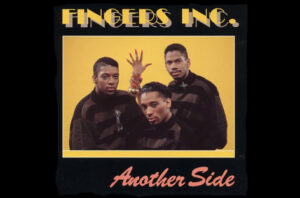
READ THE CHICAGO TRIBUNE’S STORY ABOUT
RECORDING THE SOUNDS OF HOUSE AT SEAGRAPE FROM 1989
Making House Music Seagrape Studios, Chicago 1983-1994
My Niece Saves House Music
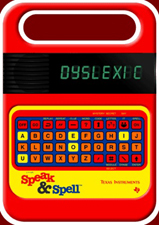
Back in the Hot Mix 5 camp, I had just finished cutting and mixing Xavier Gold’s “You Used To Hold Me” for Ralphi Rosario (a really fun guy to work with) along with Kenny Jason.
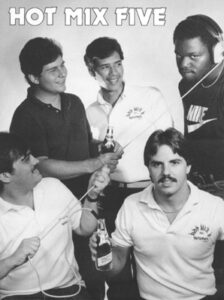
Mickey Oliver needed to up his game to match the success of his label mates. “You Used To Hold Me” took Chicago radio by storm with its catchy hook, driving bass line, and crazed samples. As Oliver also wasn’t a singer, he was still looking for a trademark vocal presence for his own 12” releases. We tried vocorders for him too, but they didn’t yield that funky House music vibe he was after.
I had an idea. Why not borrow my niece, Kristine’s, old Speak N’ Spell machine to make new words and phrases? The robot voce’ tonality was the right fit. Mickey agreed, and commuted that very electronic toy to his Indiana home studio. With his 1/4 track machine he created the basic vocabulary that resulted in his huge House hit “In-Ten-Si-T.” My idea, his blade-work building the vocabulary, and my niece’s Speak & Spell. I still have that thing around somewhere. But I’m not holding my breath for any royalties from Mickey. It’s his best known house track even today.
Making House Music Seagrape Studios, Chicago 1983-1994
Gherkin Jumps In
Other House music clients and friends we worked with at the Big Grape included many artists for Gherkin Records with producers Brett Wilcots and Jim Stivers. Gherkin really took off with their street level approach and unique slant on the House sound. Other Seagrape clients included Felix Miranda, Ricky Dillard, Jim “Cheese” Romano, Candy J, Mondee Oliver. Also there were Frank Youngwerth, Riley Evans, the Motown group The Voyage Band, along with Paris Grey. She sang as “Shanna Jae” for Hot Mix 5 ‘s “Never Let Go” before her later Inner City fame.
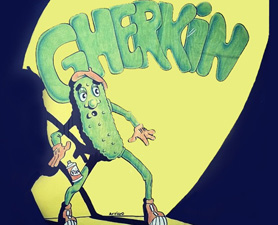
Remixing With Larry Heard
Larry Heard brought in the lion’s share of the remix work as his unique sound had really connected with dance floors and major labels in London. Remixes and original work with Larry producing and myself engineering included Habit’s Precious, The It’s On Top Of The World, Desiya’s “Comin’ On Strong,” Massive Attack’s “Any Love,” and dozens more house 12” records and full length LPs.
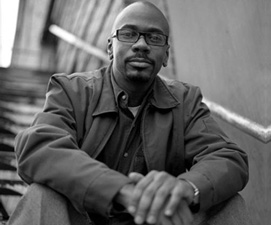
We would obtain a 2” 24 track master copy from the original artists, wipe the tracks that we would never use, which typically included everything but their vocals. And then Larry would program his MIDI magic. We used an Atari 1040ST computer running Notator software for the sequencing work in those days. Larry had many racks of MIDI stuff he would pile up in the back of the spacious Seagrape control room. I would cable it all up, MIDI sync it to SMPTE time code, and Larry would let the tracks run for awhile while I equalized everything.
When we were both happy with the sounds, we would track it onto the 24 track at 30 inches per second. Then, we would set about doing the various mixes by shuttling the master tape around and working the Neotek’s mute switches and Penny & Giles faders. There was never any mix automation other than a razor blade on 1/2” analog mix tape. I would use the Atari to switch MIDI presets on my efx stack occasionally. The mixes were true performances with Larry and myself operating the Neotek in tandem.
Slight Of Fingers
Here’s my post on Gearslutz.com about adding in lo-fi ambience efx for Larry Heard:
“The ambience with these works is likely a combination of several elements. A nice old Series II Neotek Console, a 1/2″ Otatri MTR10 analog 2 track, Lexicon PCM 60, & 200 verbs, and a Yamaha 1st gen SPX 90. I also got those early reflections you folks are deeply speculating about by setting up two Neumann U-87s in figure eight Blumlein array. The mic array was placed midway between two Marshall 4×12″ speaker cabinets spaced about 13′ feet apart. The headphone cue amp at Seagrape Studios in Chicago was hefty enough to power the Marshall cabinets.”
“Two stereo Neotek busses fed the Marshall cabs and I would route percussion elements out into the studio where the Blumlein array would re-mic the elements back into the mix via some John Hardy mic pre amps that I had built. If I didn’t like what was coming off the mics, I would walk out to the wood floored studio and move the Marshalls this way and that. I would even sit between these speakers and listen to what I was sending to them. Then I would place the Blumlein pair where it sounded best. This added the lo-fi depth you might be after nowadays.”
Making House Music Seagrape Studios, Chicago 1983-1994
Why House Stood
Looking back today, I think what made Chicago’s House music scene so vibrant and cool was its diversity. Men, women, gay, straight, black, white, Hispanic — we all worked together to make something bigger than the sum of its individual parts. You couldn’t get any whiter than Micky Oliver or Kenny Jason. But even the Hot Mix 5 balanced things with Ralphi Rosario, Mario Diaz, and their releases by the incredible Candy J.
House music’s appeal was the result of the basic fact that the people making the music reflected the diversity of those who were dancing, grooving, and consuming it. At its best, and at that time, House music was the very essence of a grass roots musical movement.
House Falls
The success of House music helped our Seagrape clients gain recognition worldwide. A House song I mixed was even featured in a major motion picture with The Arnold. But alas, House music’s last years inevitably attracted a load of low-life, no-talent scumbags and believe me, we had our share of them walk through Seagrape’s front door. Lots of bounced checks, ignored invoices, ripoff UK distributors, and plenty of folks that liked to steal other writers’ songs. Finally, when Madonna released “Vogue,” I knew it was the beginning of the end. House couldn’t stand forever and had enjoyed a solid 10 year run.
Added to its demise were digital recording and Sound Tools (the precursor to Pro Tools) which pretty much crushed the soul out of dance music. Digital recording, invented by accountants in my opinion, resulted in today’s boring drone-like EDM. With House music production at Seagrape we strove to support the song itself and not just mindless grooves and flashing LED displays.
The songs were the stars, not the DJs, even though most of them failed to realize it at the time. Today, I get a lot of nice folks contacting me about how great the old Seagrape records still sound. They have stood the test of time. One Brit told me that they use Larry Heard’s records I had recorded to set up high end turntables and cartridges. And I’m really heartened about the resurgence of vinyl. If the right song came my way with proper House roots I would consider remixing it. After all, I learned what it takes to cut great sounding vinyl records. The hard way.
Reinvention: Thundertone Audio
In 1994 I sold my share of Seagrape to Tom Haban who succeeded me there. He ran it a short while longer. Clients either retained their masters or left them at Seagrape with Tom. Dave Trumfio has been out making waves in LA for many years since the House music days. We lost our great friend Ron Cannon back in 2013. Frankie Knuckles has been gone since 2014.
Shortly after leaving the Grape, I started Thundertone Audio. Sometimes folks contact me and want to know if I have their Seagrape master reels. Sorry, I don’t. I only have the memories of a pivotal time in Chicago music and analog recording.
Tom Haban passed away in 2012. The British producer and Seagrape regular Renee Gelston from Black Market Records wrote a memorial note Tom would have surely loved: “Tom you will be missed – what came out of Seagrape Recording Studios was the template for what now is the biggest music in the world, from Madonna to Lady GaGa.”
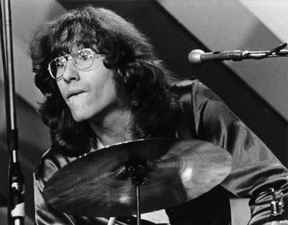
I have hundreds of House mixes to my credit. See some of them here:
Audio Engineer Mike Konopka House Music Credits & Discography
Get a free quote from Mike at the link below to have him expertly mix your music project.
Also, check out what Mike’s clients are saying about his high quality audio work!
Have Mike Konopka Mix Your Song
Get A Free Quote Here
